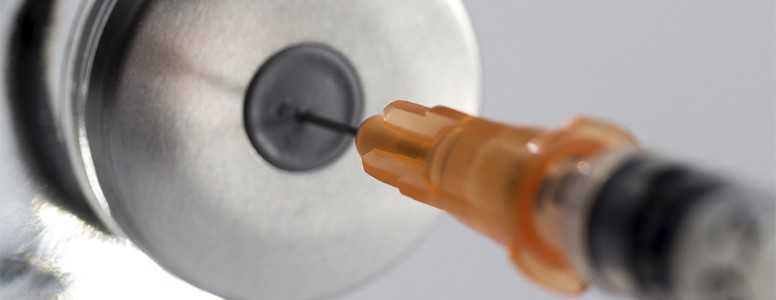The results of two new studies, published in the JAMA, weighed up evidence of which insulin, between Tresiba and Lantus, was better at reducing hypoglycemia in both type 1 diabetes and type 2 diabetes.
Taking too much of any insulin relative to the amount of glucose in the bloodstream will cause serious lows. But which one by the data seems to result in more hypoglycemia?
That’s what researchers from Washington and North Carolina, in the US, set out to find out by doing a head-to-head comparison of Tresiba (insulin degludec) and Lantus (insulin glargine) for hypo reduction.
The researchers, of Mountain Diabetes and Endocrine Center, in Asheville, and the University of Washington School of Medicine, in Spokane, tested both insulins among people who were already at risk for hypoglycemia.
In both studies, these people received once-daily Tresiba followed by Lantus or Lantus followed by Tresiba for two 32-week periods. The only variable separating participants in those trials was whether they had type 1 diabetes or type 2 diabetes.
They recruited 395 and 580 adults in the type 1 and type 2 studies, respectively, who presented with at least one risk factor, such as hypo unawareness, for hypoglycemia.
The first study, among those with type 1, revealed that Tresiba resulted in lower rates of more or less serious daily and nocturnal hypos in the 16-week maintenance period.
In clinical trials, the maintenance period always last for about 16 weeks, during which time the doses of, here insulin, are kept stable unless an adaptation is necessary for safety reasons.
To be more specific, in the type 1 study, a lower proportion (10 percent) of people experienced severe hypos during the maintenance period with Tresiba, as opposed to Lantus (17 percent).
The results of the second study, conducted in people with type 2 diabetes, were consistent with these findings.
The researchers found that Tresiba, compared with Lantus, resulted in a significant reduction in the rate of daylight or nocturnal hypos of moderate severity during the 16-week maintenance period.
Tresiba also meant a lower occurrence of severe hypoglycemia for people with type 2 diabetes (1.6 percent), in contrast with Lantus (2.4 percent).
People don’t expect Lantus to cause hypoglycemia. However, although this is rare, one instance where Lantus is known to possibly cause serious hypos is if it’s injected into a blood vessel.
While they’re both long acting insulins, Tresiba may perhaps be released more slowly and evenly throughout varying amounts of time in different people.
These two studies found Tresiba to be slightly superior to Lantus when it comes to keep hypos from occurring, and this does appear to hold true in both people with type 1 and type 2 diabetes.
What's new on the forum? ⭐️
Get our free newsletters
Stay up to date with the latest news, research and breakthroughs.









